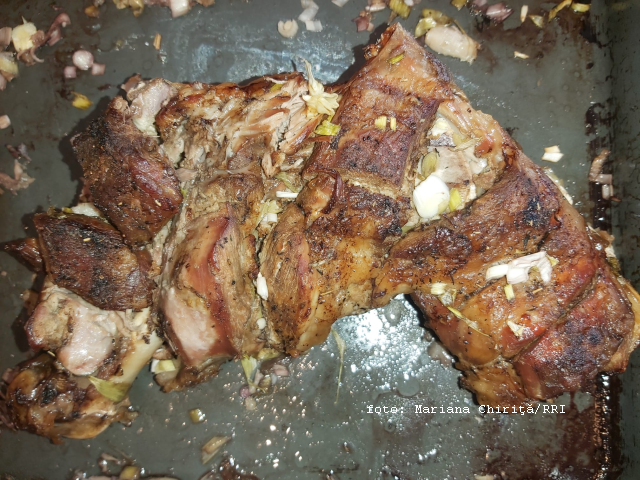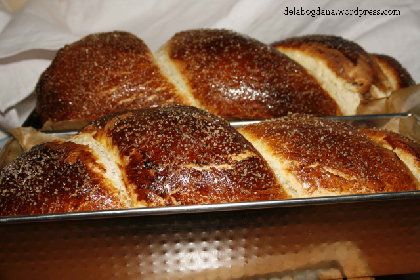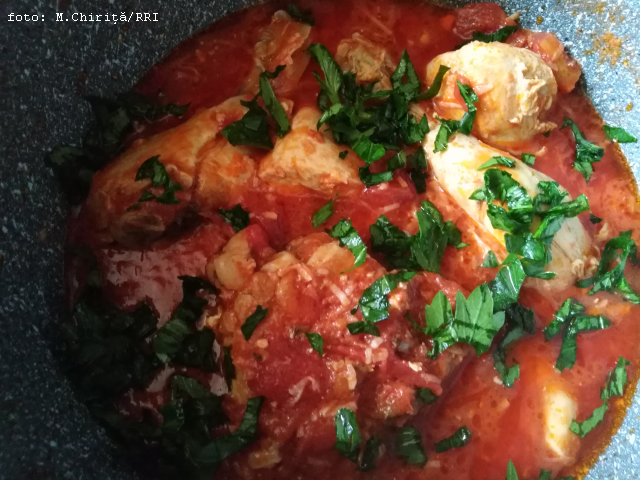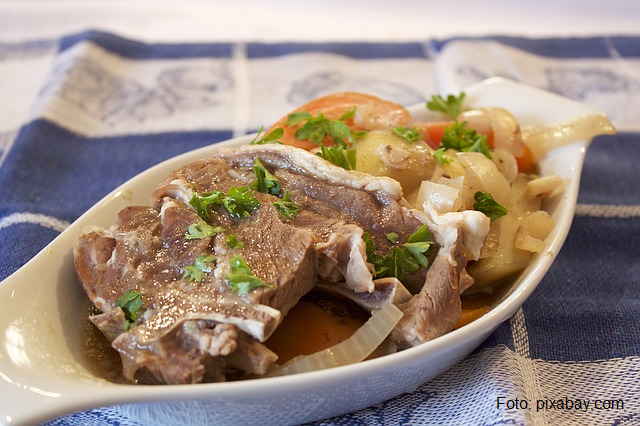Nettles
Stinging nettles deserve their name – they have tiny little hair-like stingers on the leaves and stems that make touching them very unpleasant. But never fear, cooking removes the stingy stuff and leaves only the woodsy-tasting nettle-leaves behind. Just handle fresh nettles with gloves and all will be well. It is easy to cook and it beats both spinach and broccoli for vitamins and minerals.
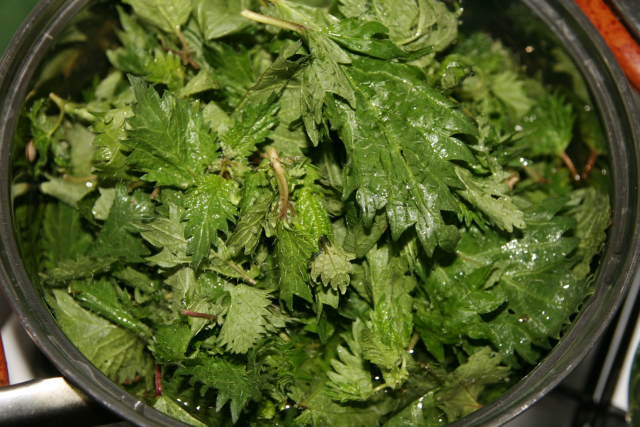
Ștefan Baciu, 19.03.2017, 15:53
Stinging nettles deserve their name – they have tiny little hair-like stingers on the leaves and stems that make touching them very unpleasant. But never fear, cooking removes the stingy stuff and leaves only the woodsy-tasting nettle-leaves behind. Just handle fresh nettles with gloves and all will be well. It is easy to cook and it beats both spinach and broccoli for vitamins and minerals.
Nettles thrust themselves up from the barely warm ground as early as February then grow right through the spring and summer. If you’re going to eat nettles then the fresh, young growth of March and April is the crop to go for. Pick only the tips – the first four or six leaves on each spear – and you will get the very best of the plant.
The flavour is somewhere between spinach, cabbage and broccoli, with a sort of slight, earthy tingle in the mouth. High in minerals including calcium, iron, potassium, magnesium, phosphorus and manganese, nettles are also an excellent source of vitamin C, B complex vitamins and beta-carotene. The plant also eases asthma and chest colds, and its high iron levels can alleviate anaemia and poor circulation.
Surprisingly enough, nettles even contain 10 percent protein, more than any other vegetable, and thus contain high levels of easily absorbable amino acids. No wonder these greens were used in several types of recipes to cure weakness, illness and allergies in several cultures around the world!
There is a wide variety of dishes that have nettles at their centre.
You can just make tea out of them, which is recommended for a variety of ailments, or simply for their nutritional value. You can also blanch them and use them in many dishes. A popular one is rice pilaf, to which you can also add mushrooms, as they go quite well with nettles. You can also prepare a fancy, but very simple cream of nettles, French style, after the model of mushroom or leek cream.
If you happen to enjoy a spinach pie, as the Greeks are so fond of making, you can substitute nettles for the spinach, or mix the two for the filling. The same pie can be made by mixing into the filling some sweet cheese, such as ricotta, or other soft unripe cheese, which complements well the slight sharpness of the nettles. If you like pickled wild mushrooms, honey fungus with a side of nettles is quite a delicacy accompanied by fresh onion and garlic. It is also a great side dish for a sweet river fish with white meat, alongside polenta.
Enjoy!

